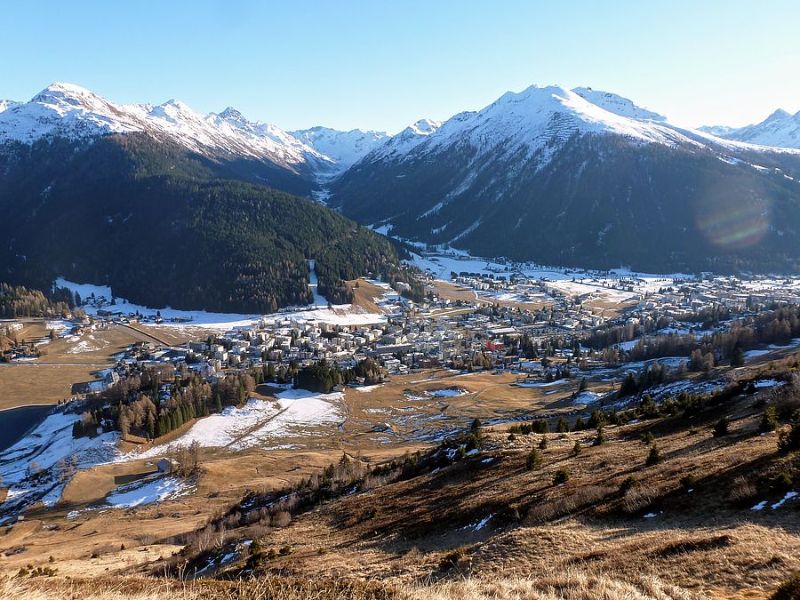Less snow – first pan-Alpine comparison
Climate change has prompted a downward trend in the time span when a snow cover prevails by delaying the annual onset of snowfall and moving forward the onset of springtime melt. Although relevant data exist for Switzerland and other Alpine countries, their evaluation has been limited thus far to individual nations or regions. Until now, no transnational analysis spanning the entire Alpine region been conducted. This is partly due to the fact that national and regional data cannot be retrieved from a central depository and are therefore not easily accessible.
Enhanced comparability
An international team of researchers has now manually collated snow data from the whole of the Alpine region and analysed the information using a uniform method for the first time. Among those involved in the study were the WSL Institute for Snow and Avalanche Research SLF and MeteoSwiss. The results were recently published in the scientific journal "The Cryosphere". The evaluation encompasses data from more than 2000 measuring stations in six countries, and compares the changes in snow depths and snow cover over the last fifty years. "Thanks to uniform analysis, the results are now much more readily comparable", says co-author and SLF researcher Christoph Marty.
Sharp downturn in the south
The findings of the study corroborate earlier observations of a declining trend in snow depths and snow cover in the Alps – whereas the extent of the decrease depends substantially on the region and the altitude spectrum. The analysis identified five regions corresponding to the different snow climate zones of the Alps see illustration). On the southern flank of the Alps, for example, which is exposed to less snow in any case, snow depths have receded much more appreciably than in the main body of the Alps and on the northern flank. "This shows that general conclusions cannot be drawn from observations in a single region; the change has to be seen from a variety of perspectives instead," comments co-author and MeteoSwiss employee Sven Kotlarski.
Against this background, the uniform data set that now exists, which paints a detailed picture of snow trends in the Alps over the last fifty years, becomes all the more valuable. "It is the outcome of exemplary collaboration between the individual countries’ institutions," explains Marty. For the most part, the data set is now freely accessible, enabling other researchers to use it in future for their own studies, relating to snow melt or climate change for example.
The study was overseen by the Italian institute Eurac Research and involved more than twenty institutions from Austria, France, Germany, Italy, Slovenia and Switzerland. They contributed daily snow depth measurements recorded across the Alps between 1971 and 2019 at stations situated mostly in altitude zones between 500 and 2000 m.
As calculated on the basis of these data, snow depths decreased at 82% of all stations during wintertime (December to February) and at 90% of all stations in the spring (March to May). Below 2000 m, the number of snow days has decreased over the last five decades, depending on altitude, by 22 to 27 days in the north and by 24 to 34 days in the south. This corresponds to a reduction of 10% to 35% in the winter and 30% to 50% in the spring, again depending on the altitude spectrum.
